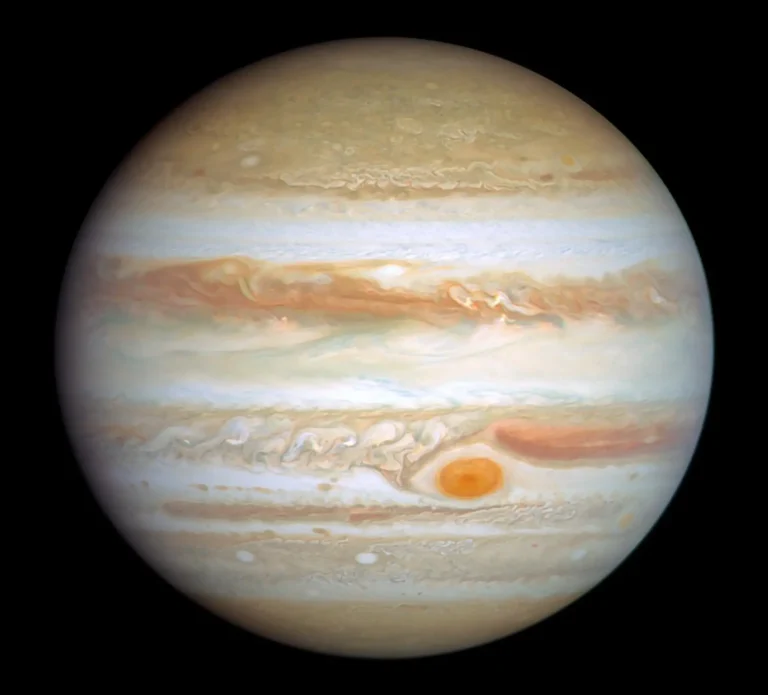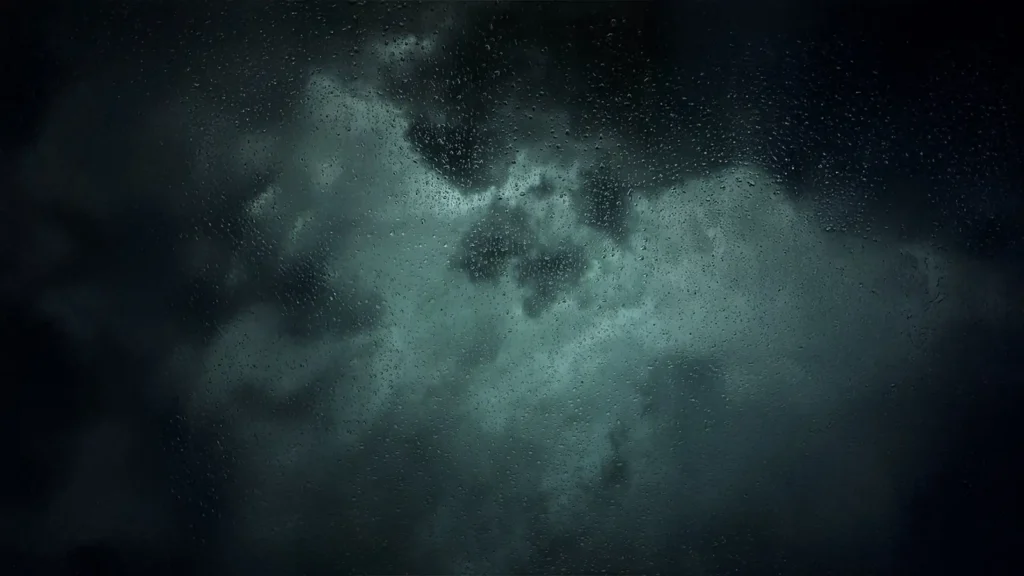Weather on Jupiter
Jupiter, the largest planet in our solar system, has one of the most extreme and unpredictable weather systems ever recorded. With massive storms, powerful jet streams, and no solid surface, the weather on Jupiter is unlike anything on Earth. In this article, we’ll explore what drives this wild atmosphere, how it works, and answer common questions related to Jupiter’s climate.

What Makes Jupiter’s Weather So Unique?
Jupiter’s weather is unlike anything we experience on Earth. While we deal with rain, sunshine, and storms that typically last hours or days, Jupiter’s weather is massive, intense, and often long-lasting—even centuries-long!
Here’s why Jupiter’s weather is so unusual:
1. It Spins Super Fast
Jupiter has the fastest rotation of any planet in our solar system. It completes one full spin in just 10 hours. This incredibly fast rotation stretches and twists the atmosphere, forming powerful jet streams and creating bands of clouds that wrap around the entire planet. These jet streams move in opposite directions, which is why the cloud bands appear striped.
2. It’s Powered by Internal Heat
Unlike Earth, which gets most of its energy from the Sun, Jupiter generates its own heat from deep inside. In fact, it gives off more heat than it receives from the Sun. This internal energy heats the atmosphere and drives strong convection currents (rising and falling gases), which fuel giant storms and turbulence.
3. It Has No Solid Surface
Jupiter is a gas giant, meaning it doesn’t have land like Earth. Instead, it’s made mostly of hydrogen and helium. Without mountains or continents to block or slow weather systems down, storms on Jupiter can grow much larger and last much longer. That’s one reason why storms like the Great Red Spot have raged for centuries.
The Great Red Spot: Jupiter’s Most Famous Storm
The Great Red Spot is a gigantic storm that’s been raging for at least 350 years. It’s an anticyclonic (high-pressure) storm twice the size of Earth!
Key Facts:
- Diameter: About 16,000 km (as of recent observations).
- Winds: Up to 430 km/h (267 mph).
- Color: Reddish hue, likely due to chemicals reacting with sunlight.
Jet Streams and Cloud Bands
Jupiter’s atmosphere is divided into alternating light and dark bands called zones and belts. These are driven by jet streams that flow in opposite directions.
- Zones (lighter bands): Cooler, rising gases.
- Belts (darker bands): Warmer, sinking gases.
- Jet streams: Reach up to 650 km/h (400 mph).
These bands help form vortices and mini-storms that appear like swirling white ovals and brown barges across the planet.
Lightning and Thunderstorms on Jupiter
When we think of thunderstorms, we usually imagine the kind we see on Earth—dark clouds, booming thunder, and flashes of lightning. Now imagine that, but 10 times more powerful, and stretched across an entire planet. That’s what happens on Jupiter!
How Intense Are Jupiter’s Lightning Storms?
Jupiter experiences massive thunderstorms, especially near its equator and polar regions. These storms produce lightning bolts that are:
- 3 to 10 times more powerful than the strongest lightning flashes on Earth.
- So bright that spacecraft like NASA’s Juno can see them even from orbit.
These bolts of electricity are not just flashes in the sky—they are signs of violent weather deep inside Jupiter’s atmosphere.
Where Do These Storms Happen?
Just like on Earth, Jupiter’s lightning is most common in storm clouds made of water. But unlike Earth, those clouds are buried much deeper in Jupiter’s thick atmosphere.
Here’s what’s happening:
- Warm, moist air rises inside Jupiter’s atmosphere.
- It cools and forms huge clouds of water and ammonia.
- The rising and falling of particles creates friction, which builds up electrical charges—leading to lightning.
It’s a similar process to Earth’s thunderstorms, but on Jupiter, the storms are much larger and more powerful because of its enormous size and deep atmosphere.
Temperature on Jupiter
Jupiter may look like a swirling ball of clouds, but beneath that beauty lies a world of extreme temperatures—both freezing cold and incredibly hot, depending on how deep you go.
Let’s explore how the temperature changes on this giant planet.
- The upper atmosphere reaches temperatures as low as -145°C.
- Jupiter emits more heat than it receives from the Sun.
- Near the planet’s core, temperatures may reach up to 20,000°C.
Does It Rain on Jupiter?
Yes—but not like on Earth. Jupiter has rain made of ammonia, water, and even helium droplets. In deeper regions, scientists believe it may even rain diamonds due to extreme pressure converting carbon into crystalline forms.
Frequently Asked Questions
Why is Jupiter’s weather so extreme?
Jupiter’s fast rotation, deep atmosphere, and internal heat create powerful storms and jet streams far stronger than any on Earth.
How long do storms last on Jupiter?
Storms can last for days to centuries. The Great Red Spot has persisted for at least 350 years, making it the longest-lasting storm in the solar system.
Can humans survive Jupiter’s weather?
No. The intense pressure, radiation, and lack of solid ground make Jupiter completely uninhabitable for humans.
What is the hottest part of Jupiter?
The core is the hottest, possibly reaching up to 20,000°C, hotter than the surface of the Sun!
Has it ever snowed on Jupiter?
Not in the way it snows on Earth, but ammonia snow and ice particles are believed to fall in the upper cloud layers.
Summary
The weather on Jupiter is fascinating, terrifying, and awe-inspiring. From the massive Great Red Spot to diamond rain, this gas giant continues to amaze scientists and space enthusiasts alike. As missions like NASA’s Juno probe continue to study Jupiter, we learn more about the planet’s violent atmosphere—and perhaps more about weather across the universe.


